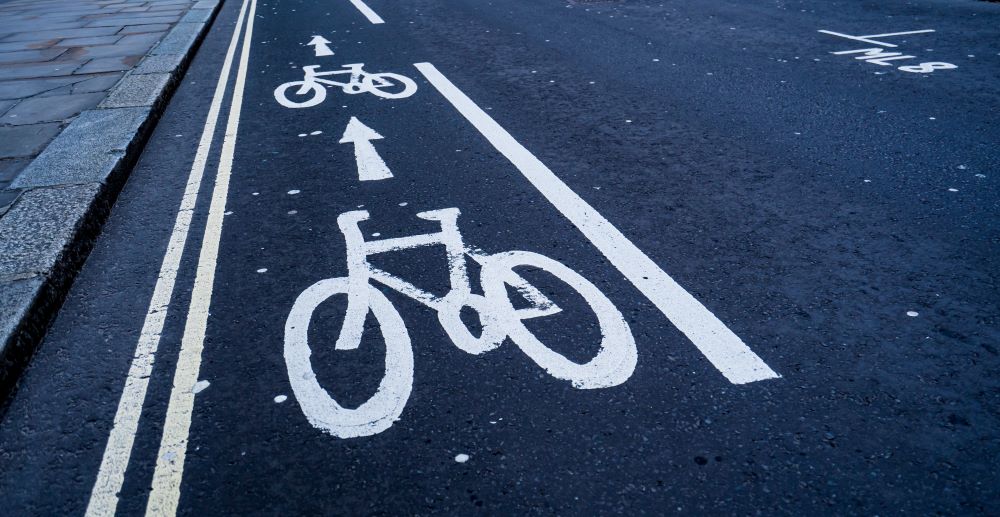
A contest for space on UK roads is under way with the Road Haulage Association (RHA) accusing government of “faulty thinking” in its plans to create more cycle and pedestrian lanes in the country’s cities.
With adherence to social distancing rules making public transport problematic for commuters, the government announced a £2bn package to launch a new ‘golden era’ for cycling in the UK at the start of May.
This include plans to create more cycle lanes in major cities such as London.
Rod McKenzie, the managing director for policy and public affairs at the RHA, wrote to Transport Department director general Emma Ward on 20 May voicing concerns that the creation of cycle lanes would reduce space for hauliers.
Gridlock
The letter, reported in the Times this morning (1 June), said the need to move goods “safely and efficiently” is critical for businesses and consumers.
While understanding the need for people to be able to travel to work safely, the RHA argues that cyclists are being disproportionately favoured by the government’s approach.
“When just 2.5% of trips nationally are made by bicycle, dedicating road space exclusively to one very small group is an astoundingly wasteful use of a scarce resource,” wrote McKenzie.
A spokesman for the RHA told the Daily Update today (1 June) that narrowing roads by creating cycle lanes would create “inefficiency” and additional “gridlock” on the road. He said this would also increase emissions and reduce air quality for city dwellers.
‘Consult us’
The RHA is asking to be properly consulted on the matter, saying “you can’t just section off parts of the roads and not expect there to be consequences. Bring us to the table.”
A spokesman for Cycling UK, a charitable membership organisation representing cyclists, said it understood the RHA’s point of view but said an increase in cycle routes would in fact create more space on gridlocked roads.
‘Eight cyclists = one car’
Sam Jones, communications and media manager at Cycling UK, told the Daily Update today that the road space filled by one car could be filled by eight cyclists.
By reducing the number of cars on the road, cycling would make it “easier for traffic to get through,” he said.
He also argued the average traffic lane could carry 2,000 cars per hour compare to 14,000 bicycles, making cycling a far more efficient option for getting commuters to work.
“Cycling is perceived as dangerous and that’s the biggest barrier to people cycling,” he added. “By putting up pop-up lanes in the major cities, we are already seeing a doubling of cyclists in both England and Scotland.”


